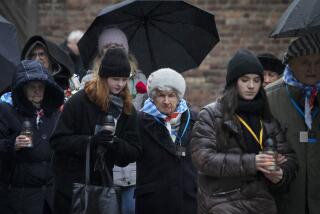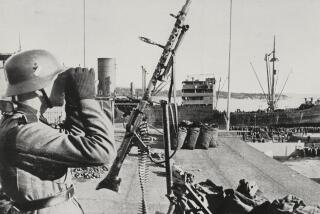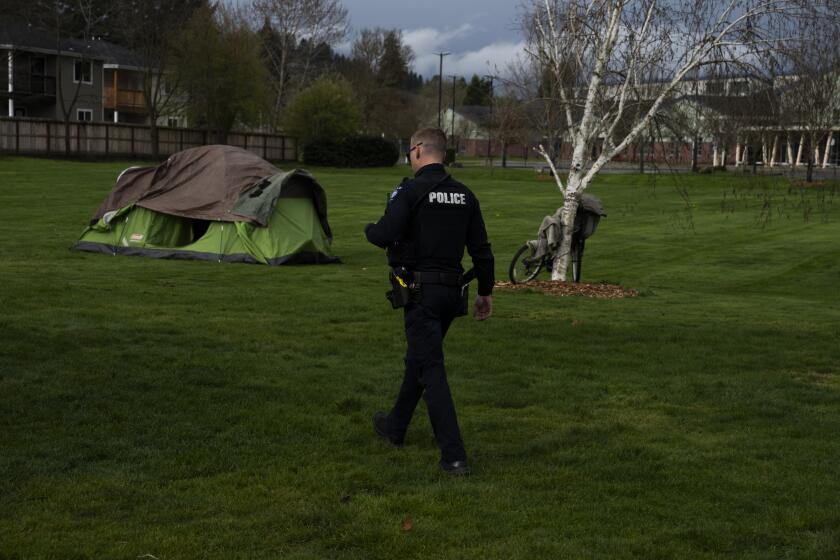Opinion: Photos from World War I should make us remember, and think
As a history buff, I’m naturally drawn to anniversaries, even though they are inherently arbitrary as a reason to commemorate something. April 20 was the 100th anniversary of the Ludlow Massacre, for instance, and the events surrounding that spasm of labor unrest (75 people were killed over the course of eight months) were no less resonant last April than this April. But these anniversaries do give us cause to reflect.
The folks at Atlantic.com have just launched a weeks-long project that will give us plenty of opportunities to reflect on World War I, which began a century ago this June with the assassination in Sarajevo of Archduke Franz Ferdinand, heir to the Austro-Hungarian Empire. That murder by a Serbian nationalist set in motion a complex series of events that culminated in the Great War, four years of fighting among treaty-connected nations that killed 16 million people and wounded another 21 million. Of the dead, about 8.5 million were soldiers. And it’s notable that those figures are one estimate; a century later, there still is not firm agreement on the breadth of the carnage.
For most Americans, that war is ancient history, obscured by the onset of World War II just two decades later. The United States was drawn into both wars, but World War II remains a living memory here. In Europe, it remains fresh too, but World War I seems to have a higher profile than here. Years ago I stopped at a war memorial in Rennes, France, and I recall a suitably somber building of white marble with the names of dead soldiers carved from nearly floor to ceiling. At one end of the open room stood a white marble ark bearing words to the effect that the smallish stone piece memorialized the dead of World War II. In a region that was caught up in both wars, the World War II memorial was squeezed in like an update.
The photos contained in the Atlantic project are gripping, both in their depictions of the damage caused by the war and the humanity of the soldiers who fought it. As sabers are rattled once again over issues of nationalism and sovereignty in Europe, it’s worth contemplating both the photos and the arc of bloody violence throughout the course of the 20th century.
Otto von Bismarck famously predicted in 1888 that “one day the great European war will come out of some damned foolish thing in the Balkans.” A quarter of a century later he was proved prescient. Let’s hope some “damned foolish thing” elsewhere in Europe doesn’t erupt into something more than a regional dust-up.
It’s also worth noting, as the hawks in Washington stomp their feet and demand more decisive action by President Obama toward Russia over the Ukraine mess, that the people who start wars are rarely the ones who fight them.
ALSO:
What’s really stalling the Israel-Palestinian peace process
Follow Scott Martelle on Twitter @smartelle
More to Read
A cure for the common opinion
Get thought-provoking perspectives with our weekly newsletter.
You may occasionally receive promotional content from the Los Angeles Times.







